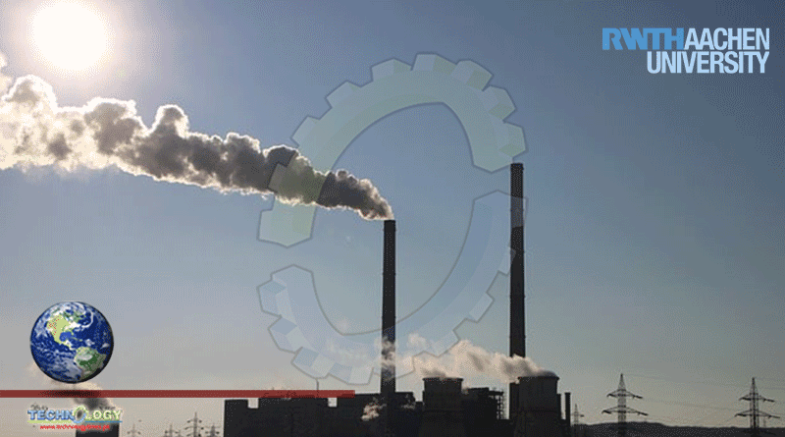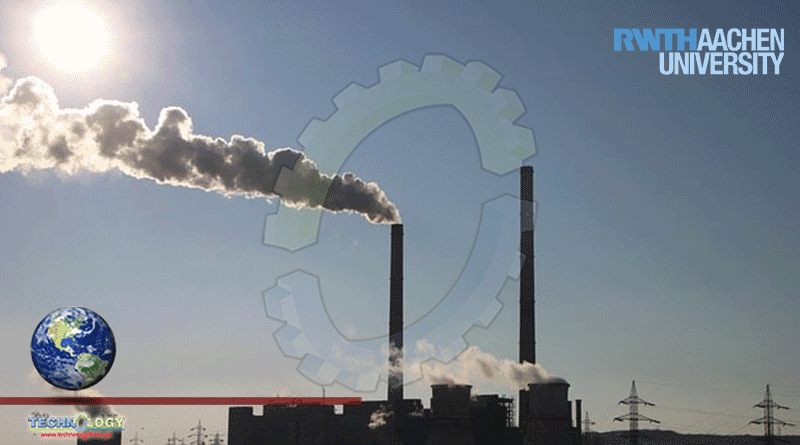Plastic Production Increased From 2 Million Metric Tons To 380 Million Metric Tons Between 1950 And 2015

A recent study stated that a combination of recycling, biomass processing and carbon dioxide absorption can lead to the production of plastics without emitting greenhouse gases. It is known that plastic is one of the most prevalent (man-made) materials, and it currently consumes about 6% of global oil, and it is expected that the volume of plastic consumption of oil will reach about 20% during the next thirty years.
point studying Published in the journal Science, “Achieving zero greenhouse gas emissions in the economics of plastic production is critical to achieving global goals aimed at addressing climate change, especially as plastic production increased from 2 million metric tons to 380 million metric tons between 1950 and 2015, causing an increase in the pollution of natural environments. THE RESEARCHERS PROPOSED VARIOUS STRATEGIES FOR MITIGATING GREENHOUSE GASES IN THE PLASTIC PRODUCTION CYCLE, INCLUDING REMOVING CARBON FROM THE PLASTIC PRODUCTION CHAIN, REUSING FOSSIL CARBON FEEDSTOCK THROUGH CHEMICAL AND MECHANICAL PROCESSING, AND CARBON CAPTURE AND EXPLOITATION.
The statement accompanying the study explains that much research is focused on discovering sustainable building blocks for the production of future generations of plastics, including methanol, ethanol, synthetic gas and “naphtha(One of the intermediate oil products): biomass absorbs carbon dioxide and thus compensates for carbon dioxide emitted from waste incineration and production processes, and biomass is employed to produce synthetic gas to produce methanol, and the resulting carbon dioxide is absorbed using known techniques.
Because relying on these methods to mitigate greenhouse emissions is energy-intensive and expensive, Raoul Meese and his colleagues at the Institute for Technical Thermodynamics at the University of Aachen in Germany demonstrated a bottom-up model for plastic production and waste processing based on more than 400 sets of technological data. It represents the life cycle of more than 90% of global plastic, and using the model, the researchers designed five different pathways for greenhouse gas emissions in the year 2050.
The results showed that a combination of recycling, biomass use, and carbon capture and use can achieve zero greenhouse gas emissions at lower energy and cost than those associated with current production technologies based on fossil fuels combined with carbon capture and storage. According to the study authors, achieving the full $288 billion cost savings requires a low-cost supply of renewable biomass and carbon dioxide, a high-cost supply of oil, as well as policies that stimulate large-scale recycling and lower investment barriers for technologies that use renewable carbon feedstocks. ; To facilitate the investors in this field.
Raoul Maines, the study’s supervisor, said in statements to “Al-Alam”: The operating costs differ between the linear and circular carbon paths in two main aspects, the first aspect is the costs of the raw materials and energy required to produce plastic, and the second aspect is the costs of completing the processing process After eliminating plastics such as burial, energy recovery and chemical and mechanical recycling, the operating costs of the carbon pathway range between $822 and $1,366 billion globally in 2050, and the next research step is to assess the pathways required for these transitions.
This news was originally published at Pakistan Christian
